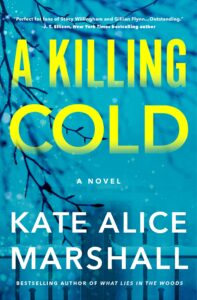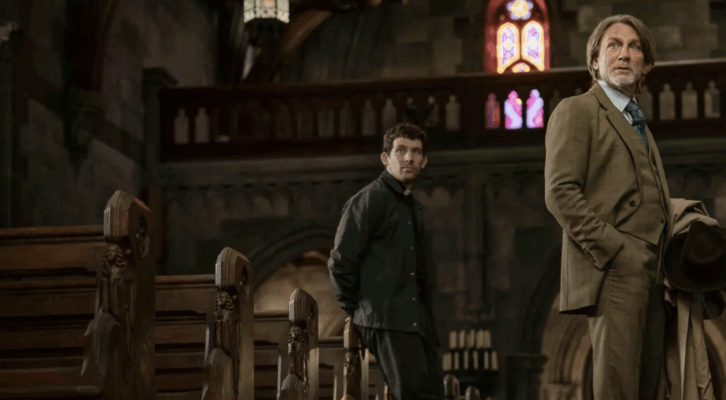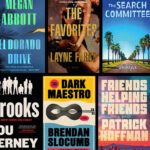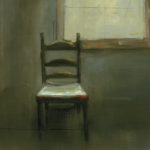Two years ago, I began to remember things that had never happened. I would wake in the morning with these vicious intruders: images and sequences of horrific events, all of them realistic and detailed, all of them entirely false. I knew they weren’t real, but my mind had encoded them as memories, and they felt like memories—traumatic ones at that. I would spend the morning walking through the logic of how they couldn’t be real, proving it to myself over and over again until they gradually faded. Research turned up the cause quickly: insomnia, nights of sleep interrupted repeatedly by my daughter’s prolonged illness, a mind that has always been plagued with particularly realistic nightmares. After a month or so, my daughter improved; we all started sleeping through the night; my insomnia receded, and so did the false memories, but the experience was a haunting one.
I have always been fascinated by characters grappling with issues of memory. My favorite thrillers are often ones in which the mystery that must be solved is the character themselves. After my own brush with how disconcerting it is to not be able to trust your own recollections, maybe it was inevitable that my next project embraced the theme so intensely. In A Killing Cold, the main character, Theo, has few early memories. She can’t tell which pieces of what she does remember are real, or dreams, or things she has invented. The foundation of Theo’s existence is a series of unanswered questions. Where did I come from? What happened to me? Who am I, really?
If you can’t trust your memories, can you trust your sense of who you are?
When A Killing Cold opens, Theo has just gotten engaged to the wealthy Connor Dalton after a whirlwind romance. He’s brought her to meet his family at Idlewood, their isolated winter retreat—a place that feels oddly familiar. And then she stumbles on an abandoned cabin, and in it, a photograph of herself as a little girl. Suddenly, Idlewood’s isolation feels more threatening than charming, and to understand what’s happening now, Theo must turn toward the tattered scraps of her memories.
I knew Theo needed to unlock her past, but I didn’t want the process to be straightforward. I wanted not simply a linear progression of knowing a bit more and a bit more until she had the whole picture, but something that reflected the recursive, fractured, and uncertain nature of memory and dreams. I tried to structure her memories in a way where remembering wasn’t enough to provide understanding—and it’s those moments of understanding, piecing together what she’s learned in the present with the fragmented images of her past, that provide the turns and reveals of the book.
Theo’s memories and her dreams have become hopelessly entangled, and in dreams a brass dragonfly ornament can take flight; a man can become a monster; a red scarf can hide an entirely different meaning. Even what feels real can’t be trusted. I knew my nightmares-turned-memory were false; I could prove it to myself, and so they faded. Theo has the opposite path to tread: finding the proof to anchor her dreams in reality, to link fragmented images to the truth of the past. But there are falsehoods and misperceptions waiting to snag her, because of course a good thriller needs a few good red herrings and wild twists.
I hope the reader will be on that journey with Theo—feeling disconcerted and off balance, but turning and burnishing every piece of memory to see how it fits, how it can illuminate the truth. I want them to be mistrustful, because being mistrustful of yourself makes you mistrustful of everything around you. It’s not a comfortable way to live.
But it could just save your life in a place like Idlewood.
***


















